ENTER YOUR EMAIL TO RECEIVE OUR WEEKLY NEWSLETTER
Shopping for a Sofa Bed: Top Tips
How sleeping beauties can find the best sofa beds for their backs, their wallets, and their small but stylish spaces.
By Ruth J. Katz
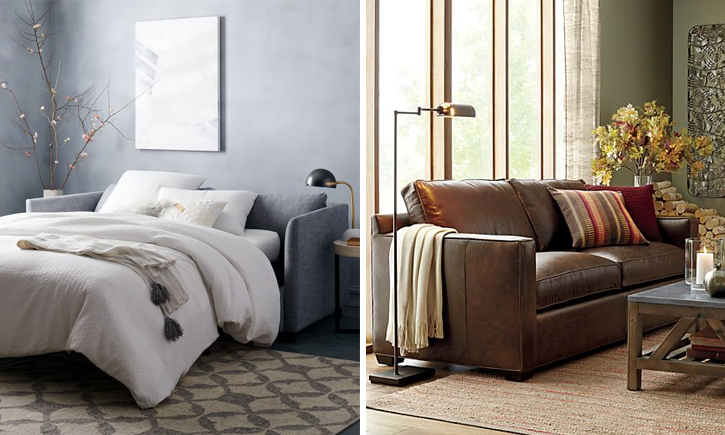
Shelter Sleeper Sofa from West Elm and the Davis Queen Sleeper Sofa in leather from Crate and Barrel.
. . . . . . . . . . . .
“Glued, screwed, and tattooed,” the salesman tells me as I ask him for nothing more arcane than what constitutes a sturdy sofa bed, a not surprisingly popular commodity in a city where more sofa beds are sold than anywhere else in the country. And no wonder: How many of us have the luxury of an actual guest room with a bed?
So if you log in some 3,000 hours a year supine on a sleep sofa—or if you have a steady stream of overnight guests—don’t skimp; buy the best mattress and structure you can afford. If you only use a sleeper sofa occasionally, you can probably get by with something less costly. But, where to go and how to get comfort, quality, durability, and fashion at a reasonable price? In the interest of research, therefore, I always lie down on the job…and so should you. That is, open the bed and test the mattress!
If you’re sleeping on a sofa bed every night, look for an innerspring mattress—not foam—that ideally is tufted (this helps to keep the springs in place); and quilted (this keeps the padding in place). Ask about the number of coils; more is better and the thicker the wire, the better. (The lower the gauge, the thicker and stronger.) A mattress that is at least at least 4″, more if you can get it. Also ask: How are the coils held together? If they’re not well-secured, they can easily splay out and you’ll wind up sleeping on a lumpy, unsupported mattress. (Imagine flattening a Slinky toy sideways.) Ideally, you should be able to see a cut-away of the mattress in a tiny model.
As for the actual sleeping mechanism, it’s interesting to note that the bi-fold mechanism of the classic sleep sofa has barely been altered, despite some tweaking, from its incarnation in 1945 when Bernard (“It’s in-con-tra-vert-ible”) Castro created it. Parenthetically, there are only a handful of manufacturers who actually produce the metal housing, which is ironically the least costly element of a sleep sofa. Turning a standard sofa into a sleeper will likely add only about $300 to $500 to the unit’s price.
The frame should be made from kiln-dried hardwood, like ash, walnut, oak, or maple; woods like birch or poplar are too soft, and particle board and plastic are very low-end choices. The frame should have heft. One salesman told me with a knowing glance, “Kick it when nobody’s looking.” Even a small sofa should weigh a couple of hundred pounds. The framework of the structure should be “glued” and doweled (or “screwed”) together—not stapled or nailed. Corners on the underside should be blocked for dimensional integrity; avoid frames that are bolted together with a steel plate, stapled, or glued (or some combo of these methods). The sofa’s legs should be a part of the frame, not plastic, screw-in cheapies.
The sleeper mechanism itself should be constructed from cold-pressed steel, not a cheaper alloy with light-weight aluminum, and its parts should be tubular or rectangular. When the bed is open, what do the legs look like? Don’t buy it if the four legs (two at the foot and two mid-section) are spindly.
All Butts on Deck
One of the most important parts of the sofa bed is the deck, or the trampoline, which is the structure holding the mattress when the unit is folded. For a bed in constant use, get a deck that has wire-mesh webbing, preferably with a structural criss-cross “X” and a U-shaped bar/leg under the deck that extends from one side of the bed to the other. These features provide greater strength and support.
The majority of sleepers come with a less costly polypropylene (and occasionally canvas) deck that may not be strong and can sag. Regardless of the deck’s construction, it should be secured to the metal frame with metal springs for “give.”
Generally, mattress length is 72″, but not always, and there really is nothing terribly standard about sleep sofa-bed sizes—they range from a narrow cot size to a “Full” or Queen, to European models that have unusual dimensions (Attention Europhiles: Strange dimensions mean strange sheet sizes.)
The padding of the sofa’s seat and back cushions is the second most costly item of the sofa (bed or no bed). There are endless choices, among them high-density foam, combinations of down and feathers, synthetic materials like fiberfill and Dacron, and natural materials like cotton batting and lamb’s wool. Most cushions will be some combination of two or even three of the above, and seat cushions will likely have springs in them, too. One caveat: If foam is used, be sure its one solid block and not particles that are glued together.
The Fabric
Despite the importance of the sofa’s structure, the most costly part of the sofa bed is the fabric. Most sofas need about 20 yards, but usually, when you’re selecting fabric at a shop, it’s not sold by the yard but by grade. A higher price for a grade doesn’t necessarily mean that a fabric is sturdier or better. The grade price reflects many things, among them, the structure of the goods; the number of colors in the weave, or the number of screens needed to print it; its origin and exclusivity; the fiber content; how easy/hard it is to work with the fabric; the amount of waste that might be generated with a pattern that has a difficult-to-match repeat. What you want is a fabric that is sturdy and durable. If you choose a fussy style sofa with a lot of dressmaking details (ruffles, double welting, additional throw pillows, an elaborate skirt), you’ll need more fabric. Some shops will work with “Customer’s Own Material” (COM), while others will not.
As for maintenance, twice a year, get out the WD40 and spray the metal mechanism and turn the mattress over, or, if it’s not reversible, swivel the head and foot position.
. . . . . . . . . . . .
WHERE TO SHOP AND WHAT TO SPEND
Low Cost Sleepers: If you have a limited budget you can buy an inexpensive sleeper-chair at Ikea for $199 for occasional use only. Ikea also has at least 30 different conventional sofa beds that range in price from $250 to just over $1,000. CB2, is another good choice, offering a traditional ottoman that opens to a single sleeper for $499 and a more modern-looking sleeper for as little as $899. Another choice where the tariff is modest is Jennifer Convertibles.
Custom Made Sleepers: You can also spend $10,000 (or way more) for a custom-made sleep sofa from the high-end Avery Boardman that has over 30 different silhouettes just waiting to be customized. But you’ll need a decorator to get into its showroom in the D&D Building; D&D can provide a designer if you call 212-759-5408 x204.
More Moderate Options: In between these two extremes there are countless resources. Try Carlyle (used to be Carlyle Custom Convertibles) known for its sleep mechanism and comfort. You can design a sofa bed yourself, but this can be pricey. A less costly alternative: look on its floor for samples, custom work never picked up, showroom models or find a model you like and select your own fabric.
Castro Convertibles offers many models—including an ottoman that converts into a single bed—for a reasonable tariff. There are also many other moderate options: Crate & Barrel; Ethan Allen; Pottery Barn: typical price $3,200; West Elm, $1,000 to $2,000; Room and Board, $900 to about $9,000 for a corner sofa unit with a sleeper; Domain, $1,000 to $13,000 for a four-piece corner unit.
Made in Europe: For a modern-looking sofa with non-traditional sleeping mechanisms try: Design Within Reach (the Barcelona model is over $10,000); Ligne Roset; Roche Bobois; and the highly “resourceful” Resource Furniture.
. . . . . . . . . . . .
Ruth J. Katz covered service, shopping, and design for more than 20 years as an editor at Promenade, Redbook, Colonial Homes, Classic Home, The Modern Estate, and New York Home magazines; she wrote for many years for the New York Times and New York magazine and appeared weekly on Fox TV as the Home Services Editor. She is the author of five books.



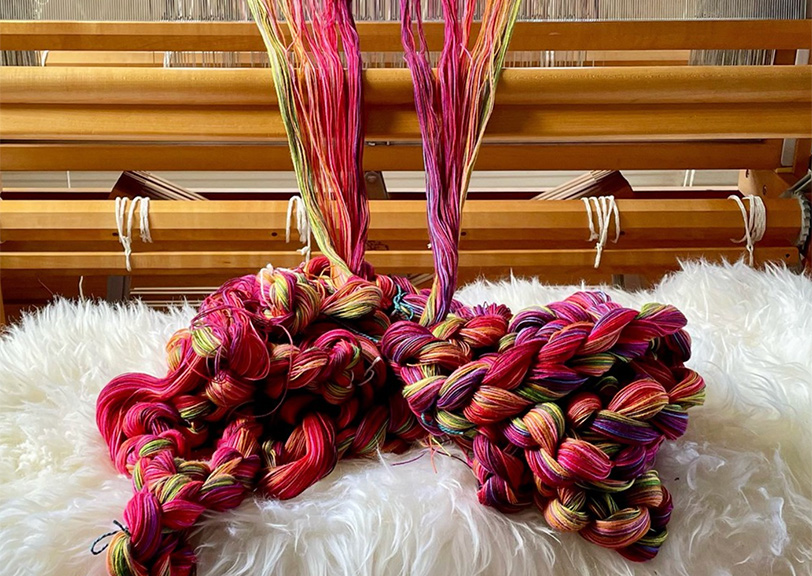
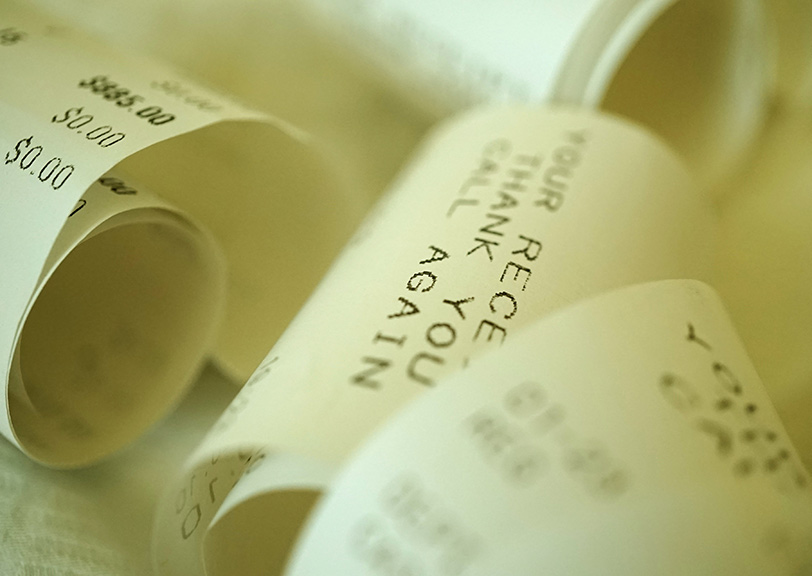
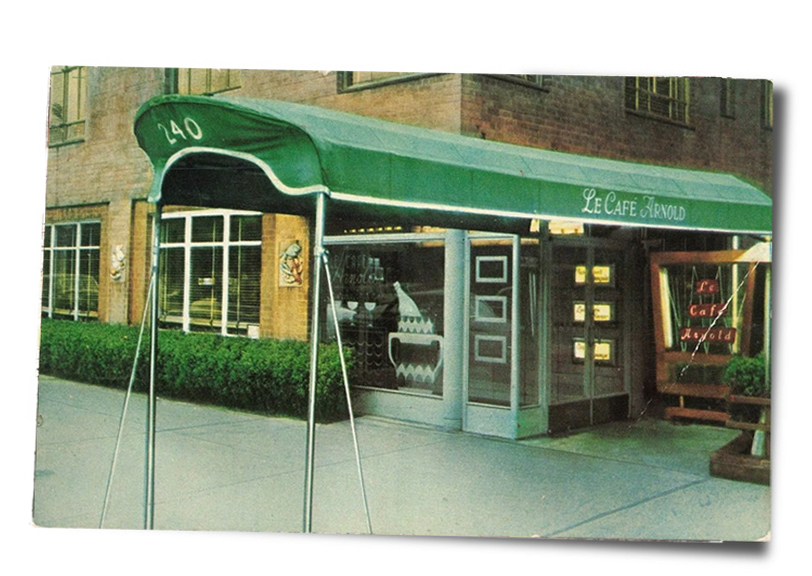
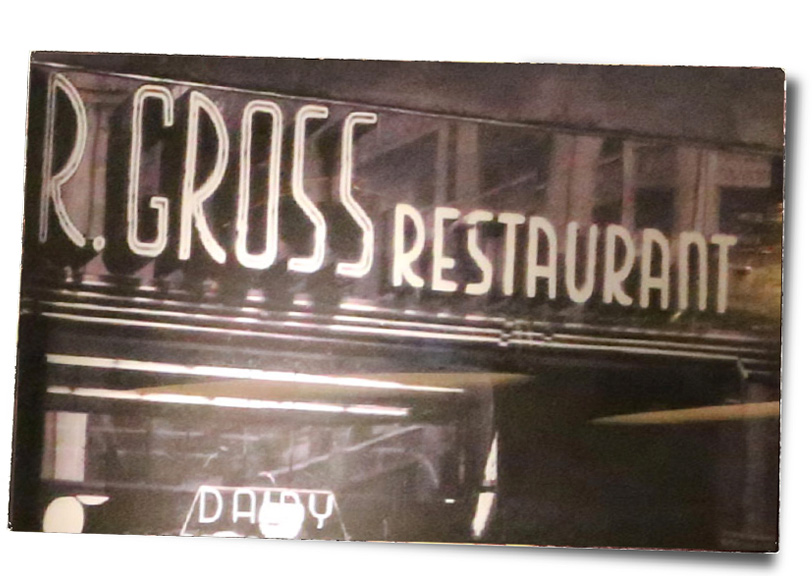
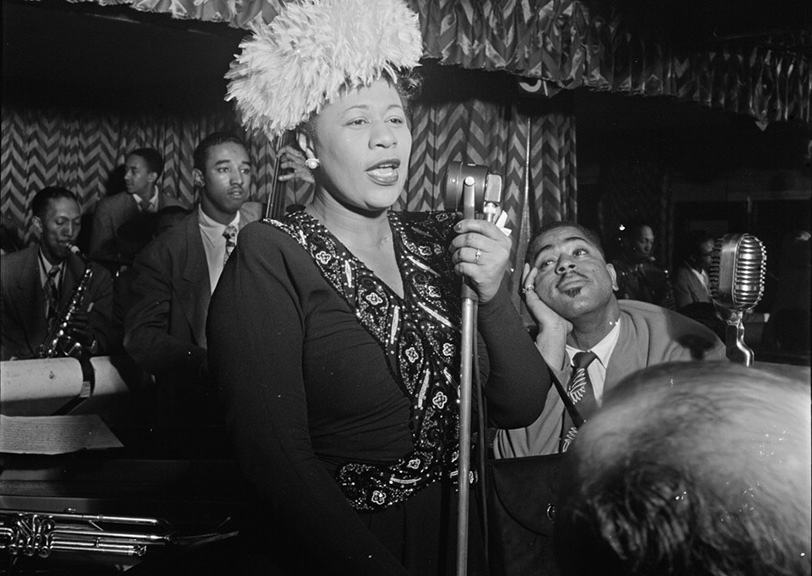

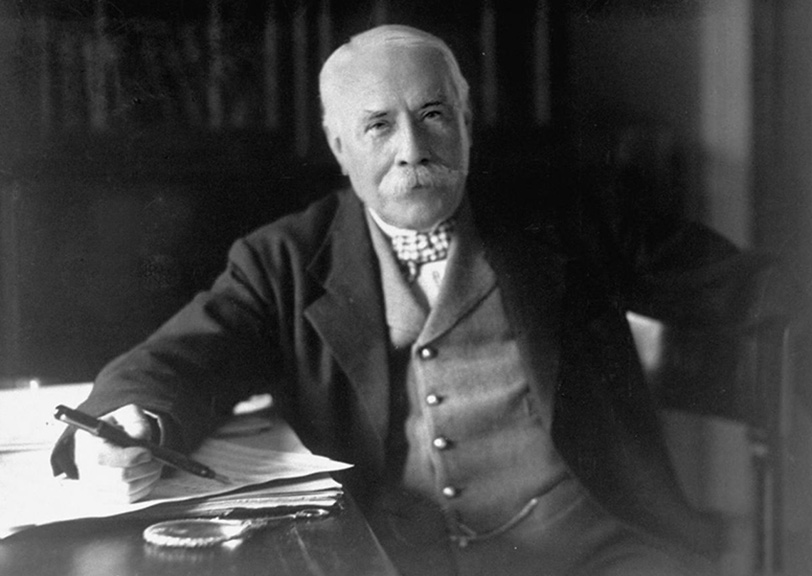
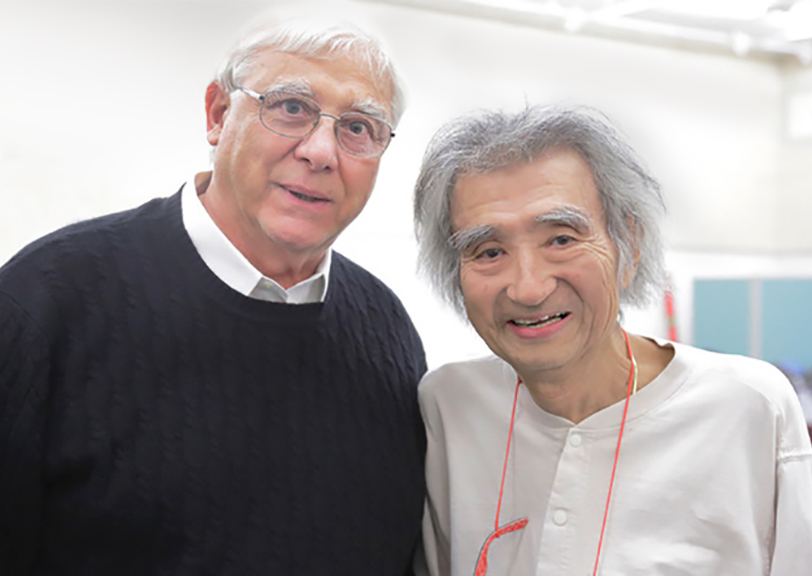
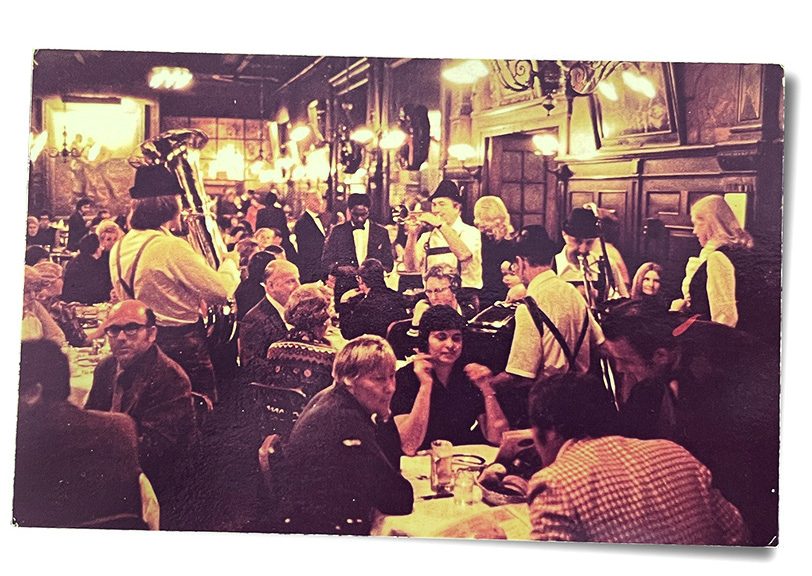
October 1st, 2017 at 9:35 am
In my search for information before buying my first sofa bed, this is by far the most comprehensive guide I found. Thank you, Ruth!